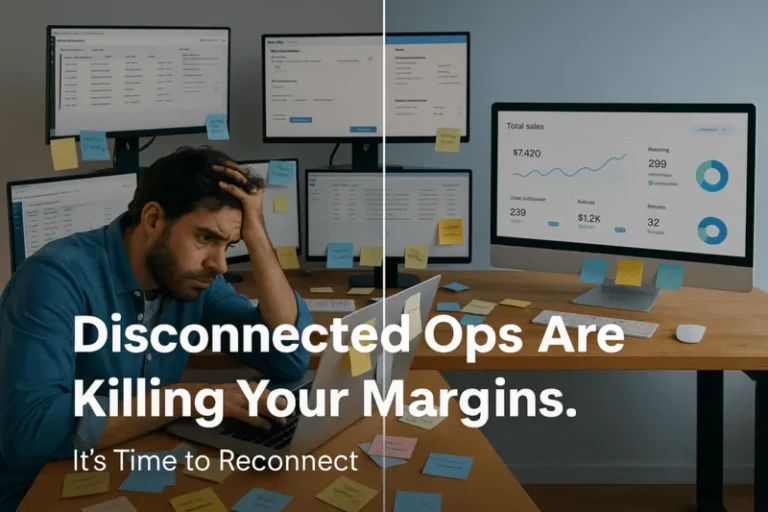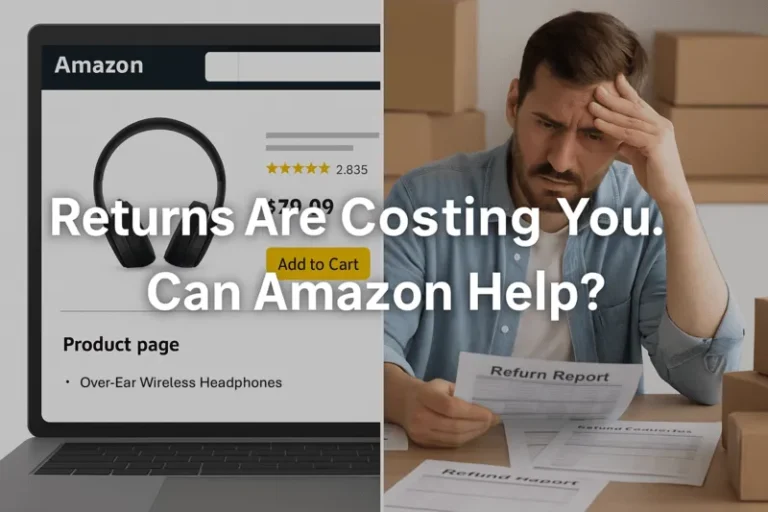Amazon FBA and FBM: Your Guide to Amazon Fulfillment

Last updated on February 18, 2025
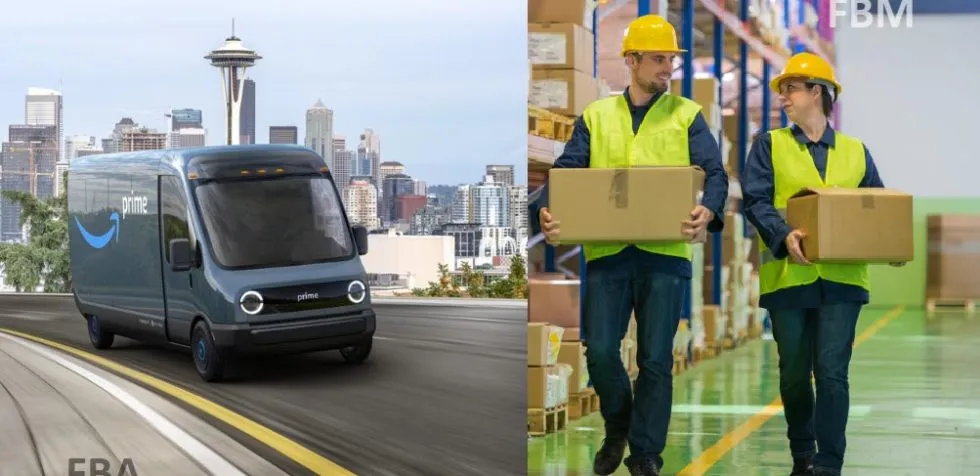
Amazon’s third-party seller marketplace has grown from its humble beginnings in 2000 to account for nearly three million sellers and more than half of Amazon’s retail sales. One of the biggest enablers of that tremendous growth was Amazon’s launch of Fulfillment by Amazon, or FBA, which today dominates the logistics landscape for third-party sellers.
However, merchants still have the option to fulfill their own Amazon orders using Amazon’s Fulfillment by Merchant (FBM) option. Self-fulfilling merchants have also been given access to the coveted Prime badge in recent years through the Seller-Fulfilled Prime (SFP) program, although the standards to qualify are extremely high and require an elevated level of organization from participating merchants.
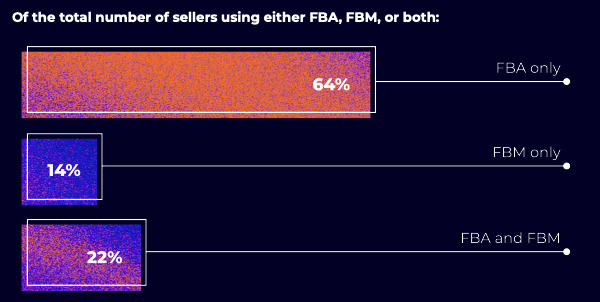
Source: Jungle Scout
In 2024, 36% of Amazon sellers used at least some FBM – and that number has fluctuated significantly in recent years as Amazon has rolled out significant changes to the FBA and SFP programs.
In this post, we’ll explore the relative advantages of FBA vs FBM and how you can make the choice that’s right for your business.
What’s the Difference Between Amazon FBA and FBM?
When it comes to selling on Amazon, understanding the differences between Fulfillment by Amazon (FBA) and Fulfillment by Merchant (FBM) is crucial. Amazon FBA allows sellers to outsource their logistics to Amazon entirely. This means that once your products are in Amazon’s fulfillment centers, Amazon takes care of the rest, ensuring fast and reliable delivery to customers. This method is particularly beneficial for sellers who want to leverage Amazon’s vast fulfillment network and focus more on marketing and growing their business.
Amazon’s fulfillment centers are used for storing and shipping products efficiently. Additionally, Amazon’s fulfillment network allows sellers to outsource order packing, shipping, and customer service. It’s a full solution that qualifies products for the coveted Prime badge and covers customer support on the back-end.
On the other hand, Amazon FBM puts the responsibility of storage, packing, and shipping on the seller. This can be done either by the seller themselves or through a third-party logistics provider. While this method requires more hands-on management, it offers greater control over the fulfillment process and can be more cost-effective for certain types of products. Understanding these two fulfillment methods and their respective advantages can help you make an informed decision that aligns with your business goals.
In short, FBM is the description for 3rd party sellers that don’t use FBA for fulfillment. With FBM, the seller (or a third-party logistics company that the seller hires) handles storage, picking & packing, and shipping for products sold on Amazon.
Slash Your Fulfillment Costs by Up to 30%
Cut shipping expenses by 30% and boost profit with Cahoot's AI-optimized fulfillment services and modern tech —no overheads and no humans required!
I'm Interested in Saving Time and MoneyWhat are the Relative Advantages of FBA and FBM?
Fulfillment strategy is an underappreciated aspect of ecommerce, and both FBA and FBM bring their own advantages and disadvantages that can make or break a seller. It is crucial to compare FBA costs with other fulfillment options using tools like the FBA Revenue Calculator to make an informed decision. So, what are the most essential differences between the two approaches?
Prime Badge Eligibility
First up: the all-important Prime badge. Simply turning on a Prime badge for a product for the first time can boost sales by up to 50%, so if you can get it, you should.
FBA makes it simple – if your product is in FBA, it gets the badge.
FBM is more complicated, and depends on whether your fulfillment approach qualifies for Seller Fulfilled Prime (SFP). SFP sets rigorous targets for how quickly merchants deliver items to customers, as of course fast & free shipping is the central value proposition of the Prime subscription. Amazon temporarily closed the SFP program to new enrollments in 2021, partly as a result of declining delivery metrics, but reopened it with new guidelines and requirements in late 2023.
What is the FBA Capacity Limit?
Due to the sheer number of sellers using FBA, Amazon can’t always keep up with demand for the program. They’ve responded by establishing rules for what inventory sellers can place in their warehouses, which can leave sellers unable to place all the products they’d like in FBA. These are now called FBA Capacity Limits, and they are adjusted monthly to reflect seller demand and Amazon’s space constraints.
Sellers who need to accommodate significant demand fluctuations can manage their FBA inventory alongside FBM options to maximize profits and maintain customer satisfaction without sacrificing the benefits of FBA fulfillment.
FBM, on the other hand, is only limited by how much warehouse space a seller can rent or purchase on their own or by how much space they can get from a 3PL. 3PL space is essentially limitless from the perspective of an individual Amazon seller, so you’ll never ‘run out’ of space for FBM.
What are Fulfillment Costs for FBA and FBM?
FBA and FBM each have their own unique cost advantages – neither is best 100% of the time.
FBA charges fees based on fulfillment, storage, and optional services like labeling and removal. The fulfillment fee is calculated per unit, based on size and weight, and covers picking, packing, and shipping. Storage fees vary depending on time of year, with higher rates during Q4 due to increased demand. While FBA streamlines logistics and qualifies products for Prime shipping, sellers must account for additional costs like long-term storage and low inventory fees, which can add up for slow-moving products.
On the other hand, FBM sellers avoid Amazon’s fulfillment and storage fees by handling their own shipping and logistics. While they still pay referral fees (a percentage of the item’s selling price, varying by category), they can often save on fulfillment costs for slower-moving products. FBM works well for customized items, low-margin goods, or products with unpredictable demand, where sellers can maintain more control over costs and inventory. However, since FBM products don’t automatically qualify for Prime, they may face lower conversion rates compared to FBA listings.
In summary, for high-demand products with consistent sales velocity, FBA is often the better choice due to fast Prime shipping and reduced logistical hassle. Meanwhile, FBM is preferable for custom, niche, or handmade items, where sellers can optimize shipping costs and avoid high storage fees. The best option depends on a seller’s business model, cost structure, and ability to manage fulfillment independently.
Control of the Customer Experience
If you use FBA, then Amazon controls your customer experience – full stop. Your item will ship in Amazon boxes, with Amazon branding, and issues will be handled (or not) by Amazon’s customer service.
In contrast, with FBM, you’ll own much of the post-purchase experience. That means that you have the opportunity to use the unboxing experience to cross and upsell, for instance, and you’ll also handle issues with fulfillment. However, FBM merchants must take care that any inserts in their shipments comply with Amazon guidelines, or risk their selling privileges being revoked. In general, samples, thank you notes, requests for feedback, QR codes for additional information, and small thank-you gifts are permitted, but offering incentives for reviews or any other tactics to engineer reviews are not allowed. If there is doubt, be sure to check the Amazon guidelines thoroughly when designing inserts and other unboxing extras.
So, FBA makes fulfillment easy, but it can also represent a missed opportunity to upgrade the customer experience. With FBM, you can turn your post-purchase process into value added for the customer, build loyalty, and increase your profit-boosting repeat rate. Additionally, successful resolution of customer issues can actually increase customer loyalty, so with a great customer service team you can turn the challenges presented by FBM into opportunities.
Maximize Your Time with FBM and a 3PL Partner
As a seller, you want to focus on selling, not logistics. FBA handles fulfillment for you, so less of you and your team’s time will have to go into operations. This difference between FBA and FBM is especially apparent if you’re fulfilling orders yourself, in which case you could be buried by a surge in orders.
On the other hand, FBM with a trusted third party logistics (3PL) provider can be just as easy, if not easier, than FBA. Just like FBA, a great 3PL will take fulfillment off of your hands and leave the majority of your time free to focus on growth.
Looking for a New 3PL? Start with this Free RFP Template
Cut weeks off your selection process. Avoid pitfalls. Get the only 3PL RFP checklist built for ecommerce brands, absolutely free.
Get My Free 3PL RFPEnabling Multi-Channel Growth
Amazon FBA and FBM are powerful tools for sellers looking to expand their business across multiple sales channels. By outsourcing fulfillment to Amazon, sellers can concentrate on marketing and selling their products, while Amazon handles the logistics. This is particularly advantageous for those aiming to grow beyond Amazon and sell on other platforms, such as their own website or other marketplaces.
With Amazon FBA, sellers can utilize Amazon’s fulfillment network to ship orders from any sales channel, making inventory management and order fulfillment across multiple channels more streamlined.
Amazon FBA can be used to fulfill orders for select ecommerce shopping carts like Shopify, and when it does so it’s called Amazon Multi Channel Fulfillment (MCF). This integration allows Amazon sellers to maintain a consistent and efficient fulfillment process, regardless of where the sale originates. By leveraging FBA, sellers can ensure that their products are delivered quickly and reliably, enhancing customer satisfaction and driving growth across all their sales channels.
More and more sellers are pursuing a multi-channel sales and fulfillment strategy that diversifies their portfolio and gives them more avenues for growth. Utilizing other sales channels as part of a broader strategy can significantly enhance operational efficiency and sales opportunities.
Amazon MCF uses the exact same infrastructure as FBA, but it also comes with all of the drawbacks associated with FBA fulfillment, and has a more expensive fee structure. As you can see in the below table, MCF is significantly more expensive than FBA. It will deliver your products fairly quickly, but it doesn’t guarantee the same SLAs as FBA. On top of that, your orders for non-Amazon products will ship in Amazon boxes. Not ideal!
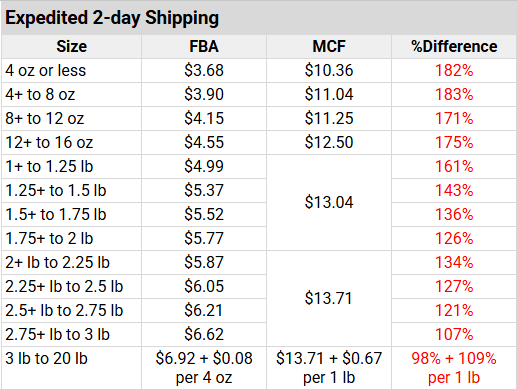
On the other hand, FBM with a great third party logistics (3PL) provider can also unlock multi-channel growth for you, without the fees associated with MCF. The best 3PLs integrate seamlessly with all major marketplaces and shopping carts, so getting your operations set up with a new channel can be as simple as a few clicks.
Amazon Buy with Prime
FBM is designed for sellers that want to sell on Amazon and handle their own fulfillment, but Amazon has an additional offering for sellers that want to leverage Amazon’s vast logistics network not through any third-party sales channel or marketplace, but from their own direct-to-consumer (DTC) websites.
Amazon’s Buy with Prime program allows ecommerce merchants to offer Prime benefits—such as fast, free shipping and easy returns—from their native websites. One of the biggest advantages of the program is that it boosts conversion rates, as Prime members are more likely to complete purchases when they see the familiar Prime badge, and they already trust Amazon’s fulfillment network. Sellers can benefit from Amazon logistics without being restricted to Amazon’s marketplace, giving them more control over branding and customer relationships while still benefiting from fast, reliable shipping.
However, Buy with Prime comes with added costs and limitations. Sellers must pay fulfillment fees, payment processing fees, and referral fees, which can be higher than handling fulfillment independently. Additionally, while Amazon handles shipping and returns, sellers lose some control over customer data, as Amazon processes payments for Buy with Prime orders. This means sellers may have limited access to valuable customer insights that could otherwise be used for marketing and retargeting. Despite these trade-offs, Buy with Prime can be a strong choice for brands looking to boost trust and conversions while outsourcing fulfillment. That said, it may not be cost-effective for all merchants, especially those with thin margins or specialized shipping needs.
How to choose FBA vs FBM for your business
When considering whether FBA, FBM, or a mix of the two is right for your business, ask yourself a few questions:
- Do you need the Prime badge to succeed?
- What size are your products?
- Do you have plans to sell on channels other than Amazon?
- Are you comfortable with letting Amazon dictate the customer experience?
- How accurately can you predict demand?
You only need FBA if you’re selling only on Amazon, you’re comfortable letting Amazon control your customer experience, and you can predict demand fairly easily. FBA will take care of fulfillment for you and qualify you for Prime, enabling you to focus your efforts on growing on the channel.
If you have multi-channel growth ambitions you’re probably going to need to fulfill yourself or an additional fulfillment partner other than Amazon, so the sooner you can consolidate operations under one roof, the better it is for your efficiency. If you want to use the post-purchase experience to improve your customer loyalty and repeat rate, you’ll need FBM as well.
Scaling Made Easy: Calis Books’ Fulfillment Journey
Learn how Calis Books expanded nationwide, reduced errors, grew sales while cutting headcount, and saved BIG with Cahoot
See Scale JourneyUsing Both FBA and FBM
Many successful Amazon sellers find that a hybrid approach, using both FBA and FBM, can be the most effective strategy. By leveraging the strengths of each fulfillment method, sellers can optimize their operations and maximize profitability. For instance, using FBA for products that are eligible for Prime shipping and have high demand can help boost sales and take advantage of Amazon’s efficient logistics. Meanwhile, FBM can be used for slower-moving items or those with special shipping requirements, providing greater control and potentially lower fulfillment costs.
This dual approach allows sellers to diversify their fulfillment strategy, reducing reliance on a single method and increasing flexibility. It also helps in managing fulfillment costs more effectively, as sellers can choose the most cost-efficient method for each product. Additionally, by using both FBA and FBM, sellers can better handle fluctuations in demand and avoid stockouts, ensuring a more resilient and adaptable business model. This strategy not only enhances operational efficiency but also opens up new opportunities for growth across various sales channels.
Cahoot: Your Best FBM Solution
Cahoot’s FBM fulfillment services will fuel your profitable growth on Amazon and unlock opportunity on all other ecommerce channels at the same time. Unlike most other 3PLs, we’ve built our network to the highest standard, so we enable affordable Seller Fulfilled Prime for many of our FBM clients.
On top of that, our innovative peer-to-peer fulfillment network offers low-cost, fast fulfillment by design. We’re changing the industry by empowering merchants with excess warehouse space and resources to provide high-quality order fulfillment to other merchants. Unlike other 3PLs, we empower merchants to help other merchants, and our community levels the playing field with Amazon. Thanks to our unique model, our pricing is typically lower than what you’ll find from other 3PLs, but we can beat them on fulfillment speed and reliability.
If you’d like to find out how Cahoot can help your business, please get in touch with us. We can’t wait for you to join our community and boost your profitable growth.
Frequently Asked Questions
What are the total costs of using Amazon FBA?
Sellers considering using FBA fulfillment should take all fees into account when considering it as a fulfillment solution. These fees include fulfillment fees, monthly inventory packaging charges, storage fee, referral fee, selling plan charges, advertising fees, and return or repackaging fees. Amazon provides this revenue calculator tool to help sellers make informed decisions about their product fulfillment.
How do I get products ready for Amazon FBA?
Amazon requires that products arriving at FBA fulfillment centers should arrive ready to ship and any products that sell as a single unit must be packaged together on arrival. Products must also must be properly barcoded with a UPC, ISBN, EAN, or FNSKU, depending on the seller’s account settings. Cartons or case packs with multiple units should not have a scannable barcode.
What are the total costs of using Amazon FBM?
Amazon charges a monthly subscription fee to sell on the platform, which depends on the seller plan selected. There are also per-order and referral fees. No fulfillment or storage fees are applicable since the Amazon fulfillment center network is not being used, but sellers must fulfill their own orders or seek a 3PL partner.
Turn Returns Into New Revenue
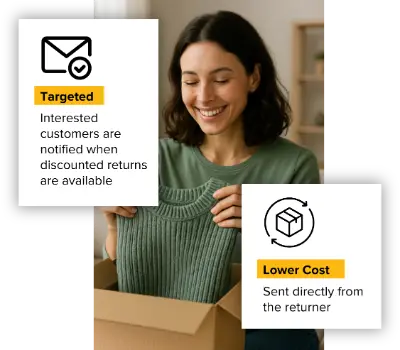

 14 minutes
14 minutes
